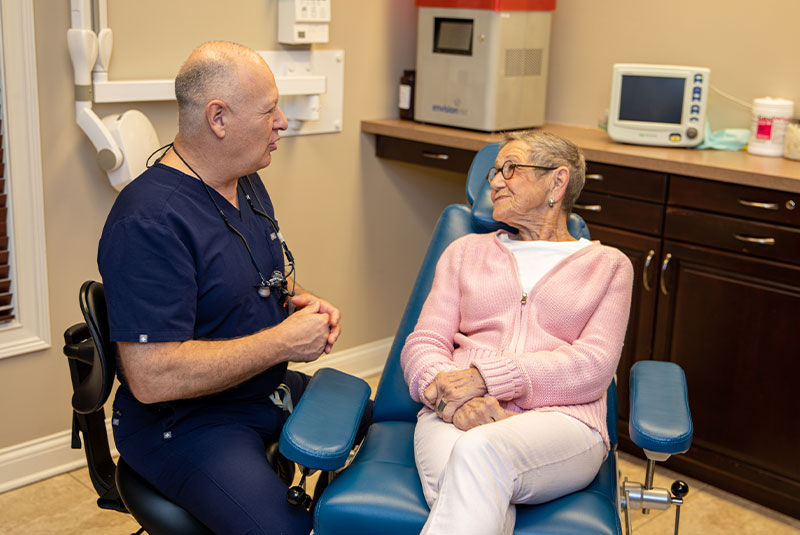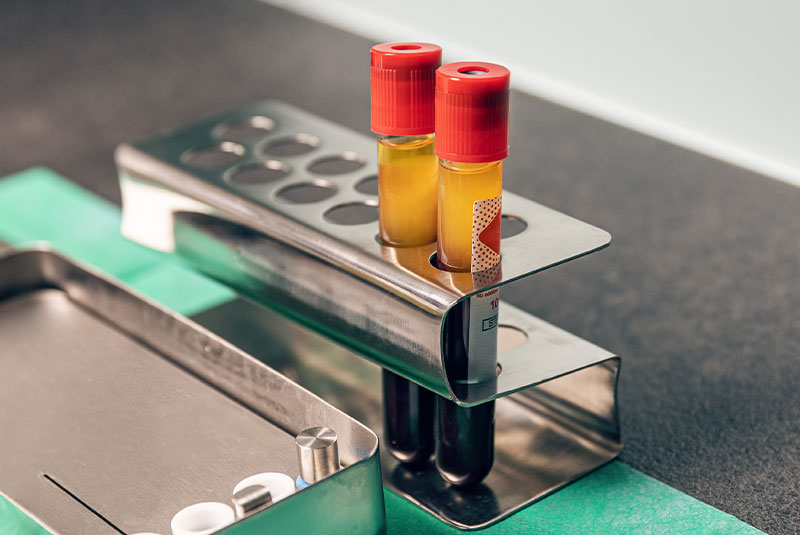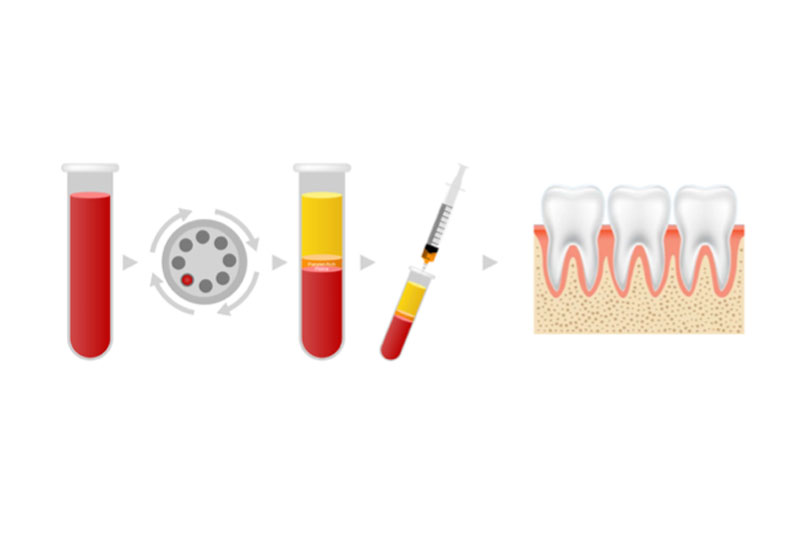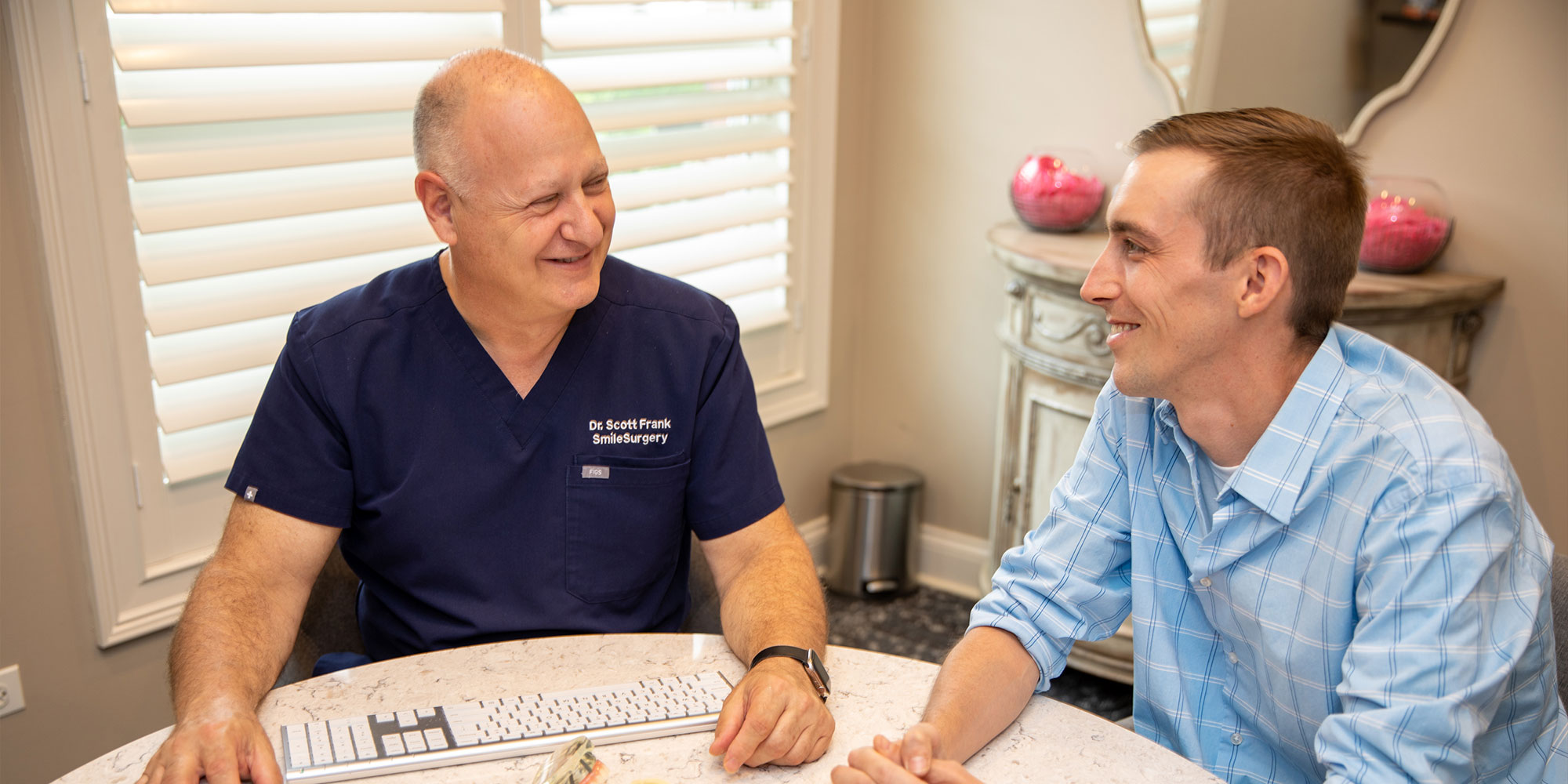Bone Grafting - Illinois
Prepare for Dental Implants

Bone Grafting from a Maxillofacial Expert
As the foundation of your smile, your bone plays an important role in your oral health and function. It supports your teeth and helps preserve your facial structure. But it needs the stimulation of tooth roots to remain dense and strong. When teeth are extracted or lost, the jawbone no longer receives stimulation and will resorb and shrink. Bone loss can lead to shifting and loosening of remaining teeth, loss of lip and cheek support, jaw joint problems, and more. To help ensure that these functional and esthetic consequences do not occur or worsen, we provide bone grafting in Illinois.
As an oral and maxillofacial surgeon, our doctor is especially qualified to offer comprehensive bone grafting services, from socket preservation to sinus lifts. Oral surgeons receive additional years of advanced surgical training outside of dental school in complex bone grafting treatment and are abreast of the latest techniques and materials used in these procedures. As experts in maxillofacial surgery, they are the most qualified to restore bone structure and volume lost due to extensive tooth loss, advanced gum disease, cancer treatment, severe oral trauma, and in cases of congenital deformity. With years of dedicated surgical experience, our oral surgeon at Novi Smile can restore your jawbone after tooth extraction and prepare you for life-changing dental implants through comfortable, predictable bone grafting treatment.
The Process for Restoring Lost Bone
Bone grafting is a surgical procedure that involves placing dental bone graft material in areas where the bone has resorbed, or a tooth has been extracted. The purpose of bone grafting is to restore the proper density, height, and width of the bone in the jaw. Bone grafts can be either from the patient or from a donor source and may either be a bone block or granules. In many cases, we offer bone grafting treatment before we place dental implants or during implant surgery to ensure the long-term success of dental implants. Below are additional bone grafting techniques.

Socket Preservation
Socket preservation is a bone grafting procedure we complete after tooth extraction. This involves packing bone graft material into the empty tooth socket. Socket preservation slows the resorption process where the tooth is missing. It can also help preserve the health of the bone until a dental implant can be placed.

Ridge Augmentation
Ridge augmentation refers to a bone grafting procedure that restores the natural density and contours of part or the entirety of a jaw ridge. Restoring healthy bone levels to a jaw arch can make dentures more comfortable and fitted to your gumline.

Sinus Lifts
When bone in the premolar or molar areas of the jaw has lost density or volume, you may benefit from a sinus lift. Gently lifting the sinus cavity, bone grafting material can be placed beneath to restore proper bone height and density. A complex surgery, a skilled oral surgeon is the best choice if you need this treatment.

The Benefits of Bone Grafting
Bone grafting seems like just a functional treatment meant to improve your oral health. But this treatment also has more widespread benefits. Tooth and bone loss because of decay, trauma, disease, or genetics can lead to numerous problems that affect your ability to eat, facial esthetics, oral and physical health, and personal wellbeing. By restoring bone levels in your jaw, we can treat any infection and disease as well as replace any missing teeth with dental implants in Illinois. Having a smile restored to proper function and esthetics can significantly improve your confidence, health, and quality of life!

L-PRF Therapy for
Advanced Bone Grafting Results
L-PRF (Leukocyte Platelet Rich Fibrin) acts as a bioactive “band-aid” to enhance the healing and recovery process from oral surgical procedures. When applied to surgical sites, it releases your body’s natural proteins (growth factors and other anti-fibrotic and anti-infective factors) to promote the recovery process. These growth factors are used to immediately promote healing and turn on healing cells to help them lay down better, denser bone as well as help eliminate fibrous “scar-like” tissue which can interfere with bone growth.

Benefits of L-PRF Therapy
Safety
L-PRF is a by-product of the patient’s own blood, therefore, disease transmission is not an issue.
Convenience
L-PRF can be generated on-site while the patient is undergoing a surgical procedure such as: Implants, bone-grafting, or sinus grafts.
Faster Healing
The Supersaturation of the wound with L-PRF, and thus. growth factors, produces an increase of tissue synthesis and faster tissue regeneration.

Why L-PRF?
L-PRF is a by-product of blood (plasma) that is rich in platelets. This latest technology allows for a small amount of the patient’s own blood to be obtained, which is then added into the surgical site. (Bone grafting, sinus grafts, extraction sites, and implants)
L-PRF encourages the release of the body’s natural healing proteins, creating a more efficient network of cells to enhance the healing process. This results in faster and better healing of the jaw bone and soft tissues.
